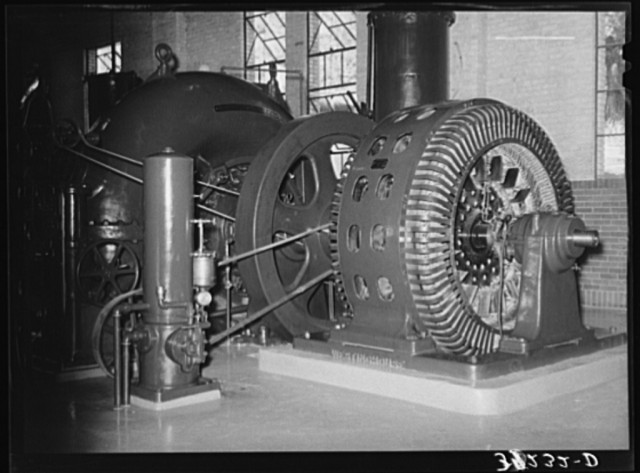Stabilizing the electric grid by keeping generators in sync
Ars Technica » Scientific Method 2013-03-14
When the lights go out, it affects everyone. It's not only the inconvenience of having the TV shut off unexpectedly—a lot of heavy equipment really dislikes having the power disappear suddenly. For the most part, the power grid is very stable. But sometimes random events and seemingly small operator errors can cascade to create massive power outages.
Underlying the stability of a power grid is the need to keep multiple generators operating in a synchronized manner. New research shows (in an annoyingly abstract way) that good network design can take advantage of the tendency for generators to self-synchronize.
Counting the beat
Depending on where you happen to be in the world, your power outlet supplies alternating current at either 50 or 60 Hz. The precise value doesn't really matter as long as it stays within a narrow limit. Essentially, this means that the generator supplying the power needs to rotate at a rate producing this frequency.
Read 14 remaining paragraphs | Comments
